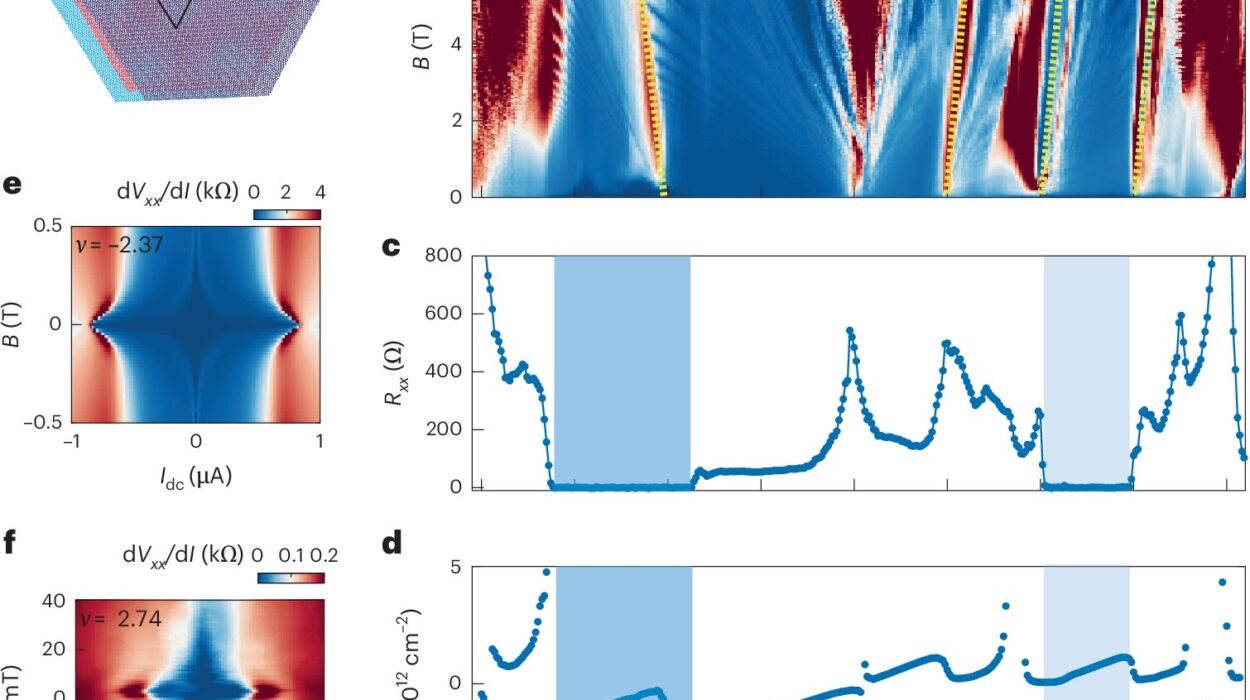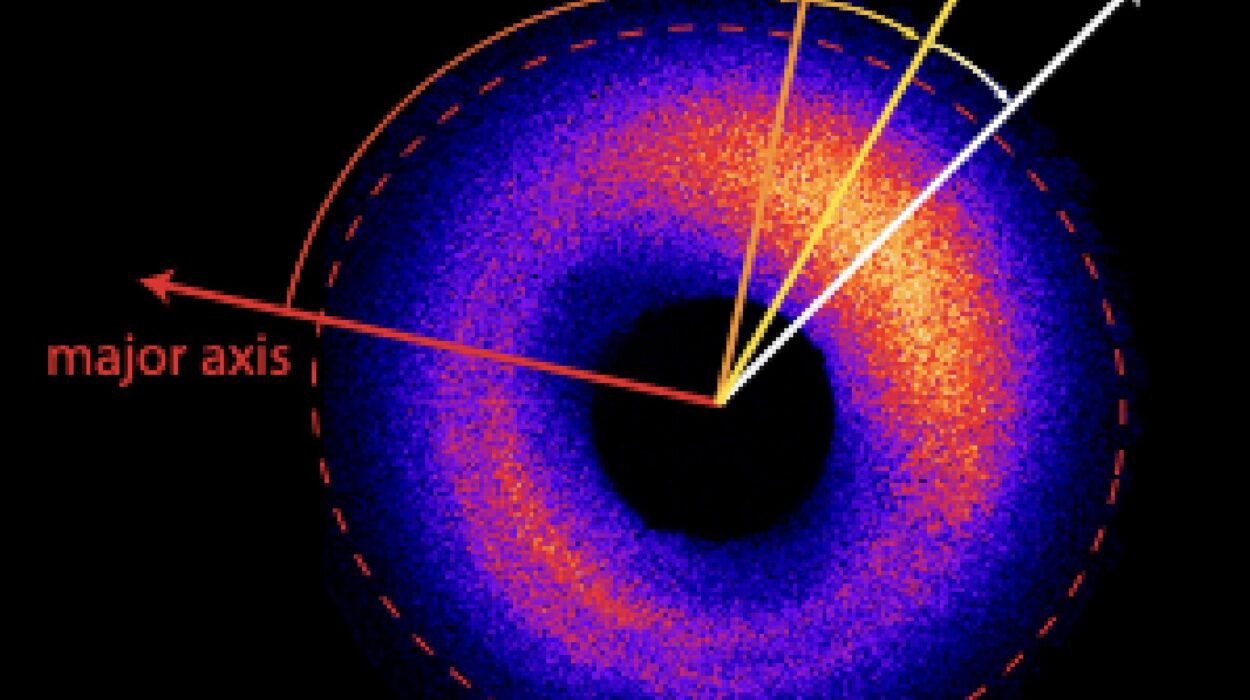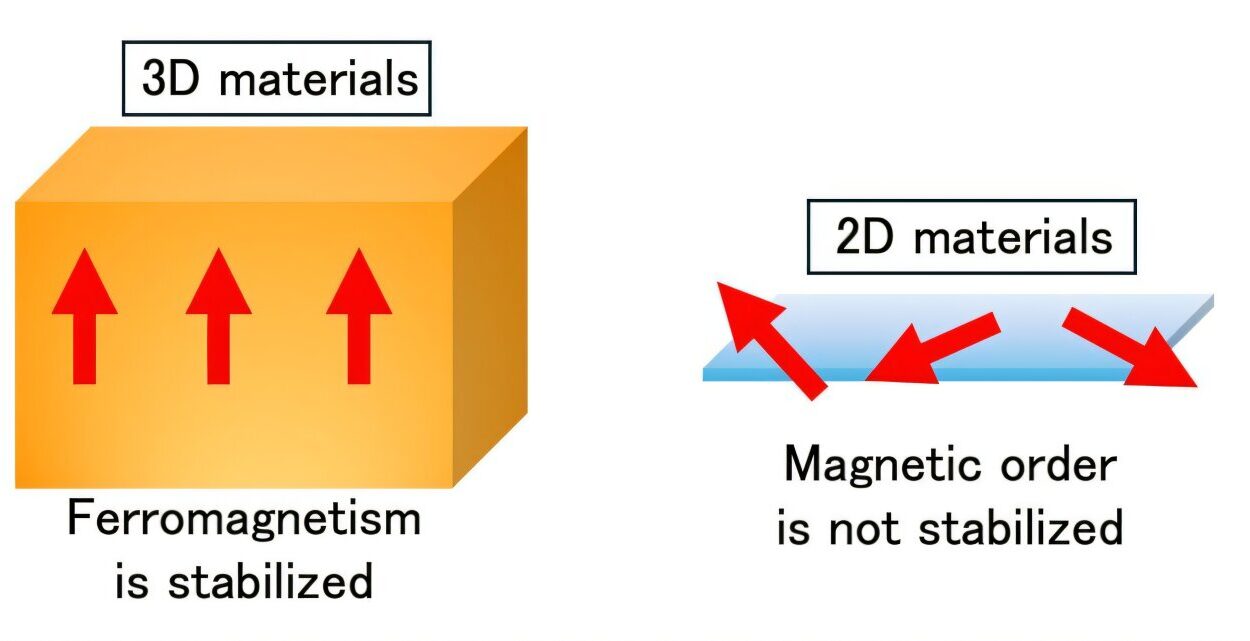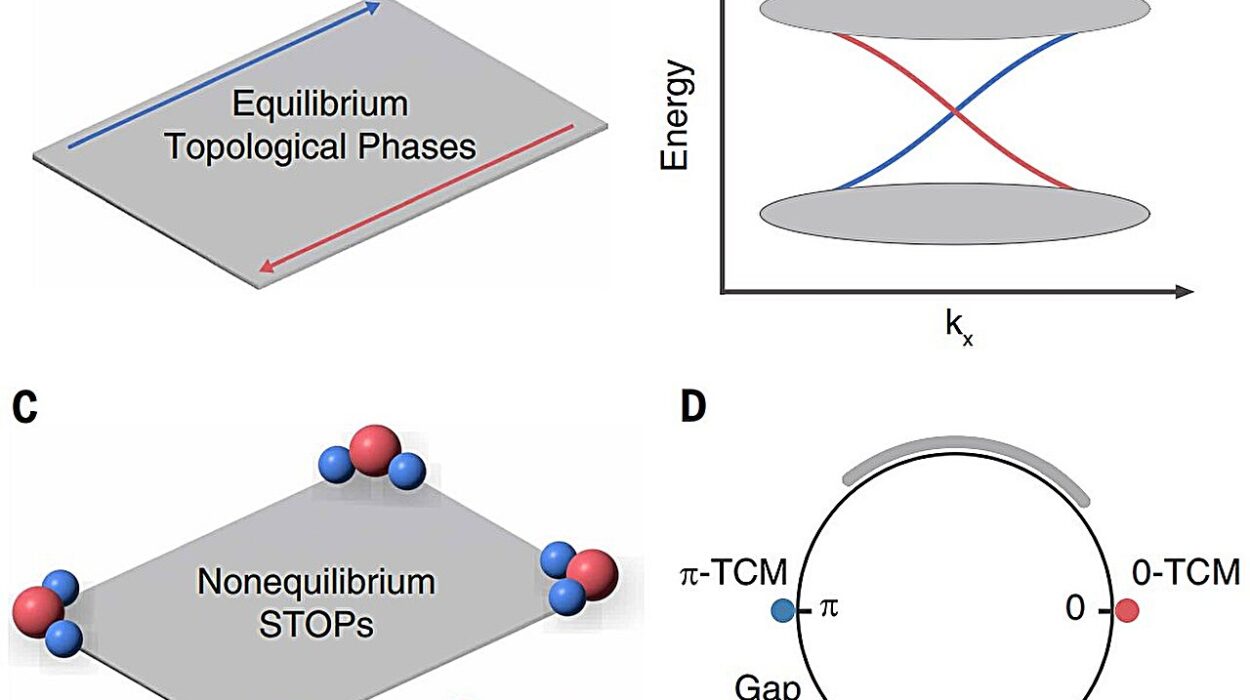At first glance, it might look like an ordinary optical experiment—a tabletop setup with lasers, atoms, and a few mirrors. But inside a laboratory at the Niels Bohr Institute in Copenhagen, something extraordinary is happening. A team of researchers has developed a quantum sensing system so precise, so adaptable, it could one day help detect everything from hidden diseases inside the human body to the faintest ripples of gravitational waves echoing through the universe.
Their results, published in the prestigious journal Nature, mark a major advance in our ability to surpass one of the most stubborn boundaries in modern physics: the standard quantum limit.
A New Era of Quantum Listening
Every measurement we make—no matter how precise—is limited by nature’s own quantum rules. At tiny scales, like those of photons and atoms, even the act of measuring creates disturbance. That interference is known as back-action noise, and it’s been a thorn in the side of scientists striving for ultraprecise sensing. On top of that, there’s detection noise, the inherent uncertainty in interpreting a signal.
To hear more clearly, to measure more sensitively, physicists have turned to quantum tricks like squeezing and entanglement—phenomena that sound like science fiction but are now firmly rooted in reality. Squeezed light is one such trick: it reduces noise in one part of a light wave (like its amplitude or phase) at the expense of another, pushing measurements past what classical physics would allow.
But to suppress noise across a wide range of frequencies—not just in one tiny sweet spot—you need something more: frequency-dependent squeezing. Until now, achieving that has required massive optical setups, including tunnels hundreds of meters long in facilities like LIGO and VIRGO, where gravitational waves are detected.
What if the same performance could be achieved on a tabletop?
The Power of a Strange Hybrid
Led by Professor Eugene Polzik, the research team at the Niels Bohr Institute has done just that. They’ve created a compact hybrid system that combines two of the most mind-bending phenomena in physics—light squeezing and atomic spin—with a twist: negative mass behavior.
That’s not negative mass as in some exotic science fiction particle, but a clever use of atomic spins to reverse how noise behaves. When squeezed light passes through this carefully prepared atomic ensemble, its noise characteristics change depending on frequency. And thanks to entanglement—an almost ghostly connection between particles—the signals from the light and atoms can be combined in such a way that both back-action and detection noise are reduced across a broad frequency band.
“The sensor and the spin system interact with two entangled beams of light,” explained Polzik. “After the interaction, the two beams are detected and the detected signals are combined. The result is broadband signal detection beyond the standard quantum limit of sensitivity.”
Big Possibilities in a Small Package
This isn’t just clever physics—it’s game-changing engineering.
Conventional approaches to frequency-dependent squeezing need enormous equipment. The LIGO detector, for instance, relies on 300-meter-long optical resonators to squeeze light in just the right way. The upcoming Einstein Telescope in Europe will require setups stretching kilometers.
But the new Copenhagen system achieves similar effects using something that fits on a lab bench. That compactness opens the door to applications far beyond gravitational wave observatories.
Imagine a future MRI scanner that sees into the brain with a thousand times more resolution—or a biosensor that can detect the earliest signs of Alzheimer’s from a single drop of blood. The researchers believe their system could help make these dreams real.
Because it’s scalable and tunable, it could be built into biomedical sensors to detect incredibly faint biological signals—like the whisper of neurons firing, or minute magnetic fluctuations caused by inflammation. It could enhance the precision of atomic clocks, detect subtle changes in acceleration, or track time with previously unimaginable accuracy.
Reaching for the Stars, Listening to the Body
One of the most exciting prospects is how this technology could revolutionize our understanding of the cosmos.
Gravitational waves—those tiny ripples in spacetime caused by cataclysmic events like black hole mergers—are incredibly hard to detect. Even the most sensitive detectors on Earth can barely pick up the signal. But with frequency-dependent squeezing and noise suppression from atomic spins, the Copenhagen team has shown it’s possible to boost sensitivity dramatically—potentially unveiling events that are invisible to today’s instruments.
The same principles could one day help us understand what happened in the first moments after the Big Bang, when space itself was just beginning to stir. We might even be able to see signs of quantum gravity—the long-sought unification of the quantum and the cosmic.
More Than Just Sensing
The implications go beyond measurement.
The architecture developed by Polzik and his colleagues could also form the backbone of future quantum communication systems. By enabling precise manipulation and storage of quantum states, it could serve as a quantum repeater—strengthening signals across vast distances. It could also be adapted for use in quantum memories, an essential component of a scalable quantum internet.
That makes this not just a sensor—but a platform for an entire class of emerging quantum technologies.
The Promise of Simplicity
In science, as in life, the simplest tools often become the most powerful. What the team at the Niels Bohr Institute has shown is that with ingenuity, a compact and elegant device can do what once required massive infrastructure. It’s a reminder that true innovation isn’t just about breaking limits—it’s about bending them to our will.
By blending ancient atoms with futuristic light, they’ve opened new channels into the hidden world of quantum signals. Whether it’s the soft hum of the human heart or the thunderclap of colliding stars, this breakthrough helps us listen more clearly—to the universe, to each other, and to the unknown.
And it all begins on a tabletop, where light bends, spins twist, and the noise of the universe finally begins to hush.
Reference: Valeriy Novikov et al, Hybrid quantum network for sensing in the acoustic frequency range, Nature (2025). DOI: 10.1038/s41586-025-09224-3






